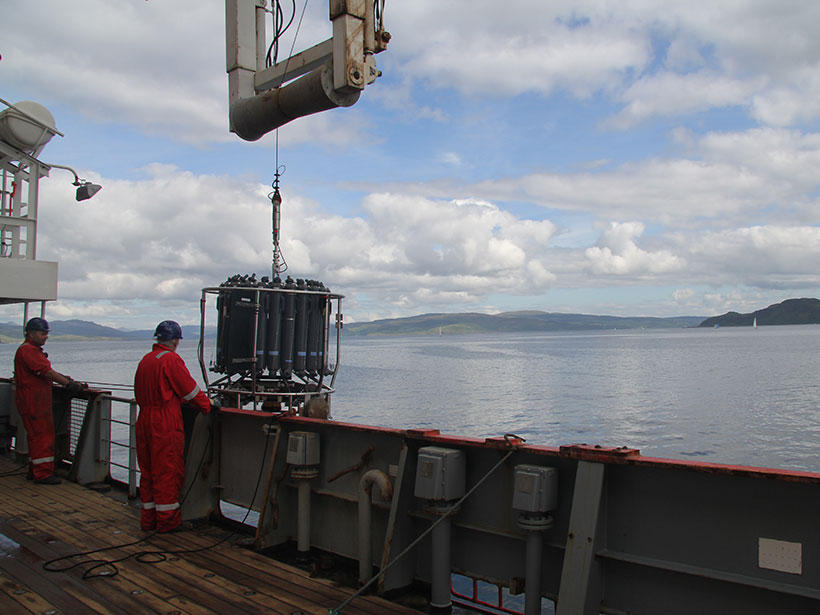Source: Journal of Geophysical Research: Biogeosciences
Human activities like deforestation, transportation, and agriculture all emit nitrous oxide (N2O), which is the third most important greenhouse gas behind carbon dioxide and methane and is one of the most potent ozone depleters in the stratosphere. Natural ecosystem processes release N2O as well. The oceans, rivers, and estuaries are significant contributors to atmospheric N2O, producing it in the course of microbially mediated nitrification and denitrification processes.
Despite its importance to ozone and global climate, N2O accounting is beset by statistical uncertainty at both regional and global scales, hindering more accurate climate change projections from global climate models. The uncertainty in global models stems partly from the fact that these models underrepresent biogeochemical processes in coastal areas and continental shelves. For these geographies, regional models can better describe changes in N2O emissions across space and time.
In a new study, Lessin et al. applied a biogeochemical-ecological model to tease apart N2O dynamics on the northwest European continental shelf. The goal of the research was to determine patterns of oceanic and coastal N2O emissions and the causes of seasonal fluctuations and to quantify N2O contributions to the atmosphere from the area studied. The group’s modeling results were supported by observational data collected during four research cruises in the study area. To understand seasonal emission patterns, the authors used an artificial neural network called a self-organizing map to find underlying trends in their data.
The results showed that the northwest European continental shelf is a source of N2O to the atmosphere, although it contributes between only 3.3% and 6.8% of the total emissions from European shelves and estuaries. In the study area, emissions mostly peaked in late autumn or winter, with the timing varying by location. The authors found that ammonium availability in the water and the duration and intensity of water column stratification regulate the timing and production of N2O emissions throughout the year.
Regional case studies and modeling efforts are critical to reducing uncertainty in global N2O emissions estimates, the authors noted, and they can support regional marine environmental management. (Journal of Geophysical Research: Biogeosciences, https://doi.org/10.1029/2019JG005613, 2020)
—Aaron Sidder, Science Writer
Citation:
Sidder, A. (2020), Marine nitrous oxide emissions off Northwest Europe, Eos, 101, https://doi.org/10.1029/2020EO145567. Published on 17 June 2020.
Text © 2020. AGU. CC BY-NC-ND 3.0
Except where otherwise noted, images are subject to copyright. Any reuse without express permission from the copyright owner is prohibited.

